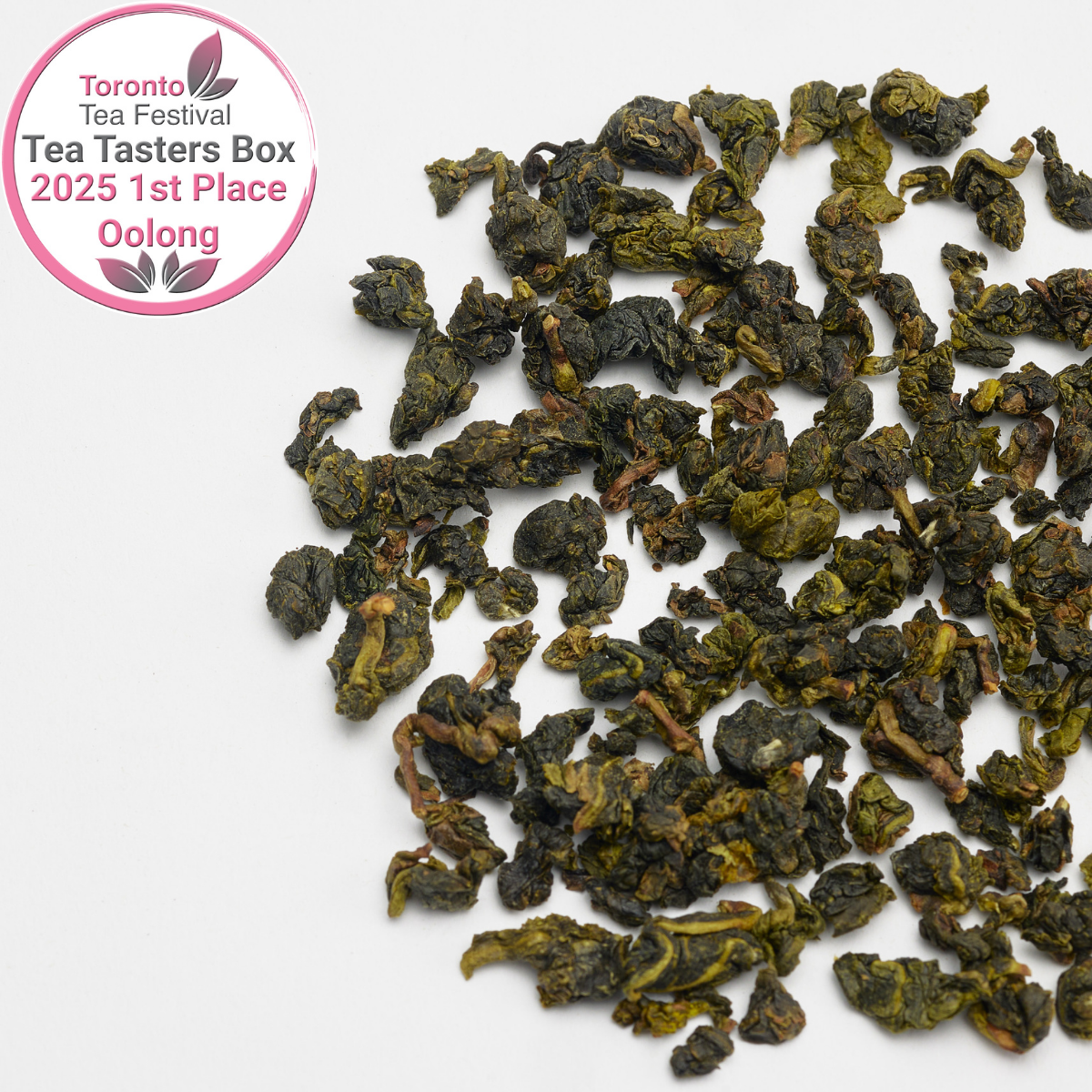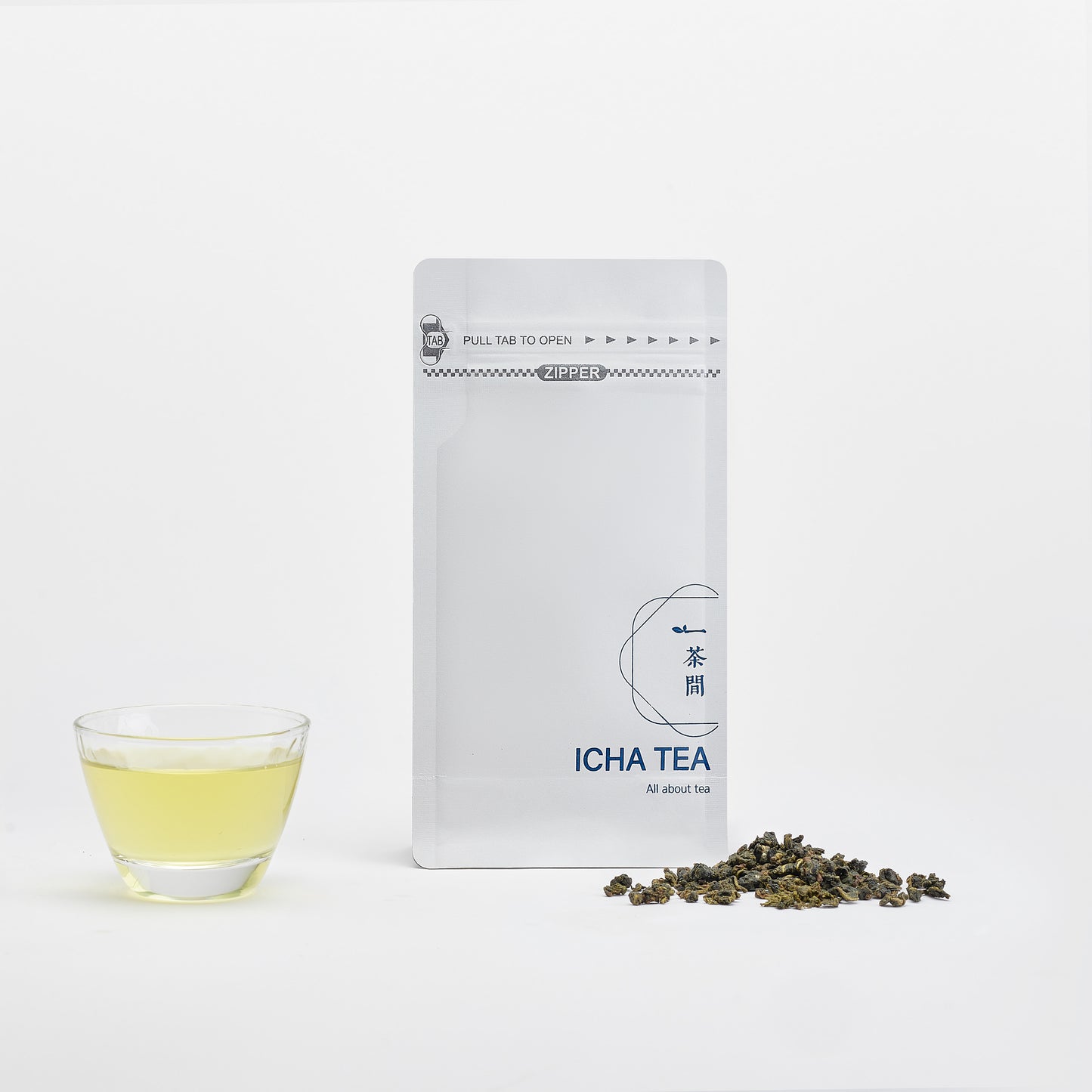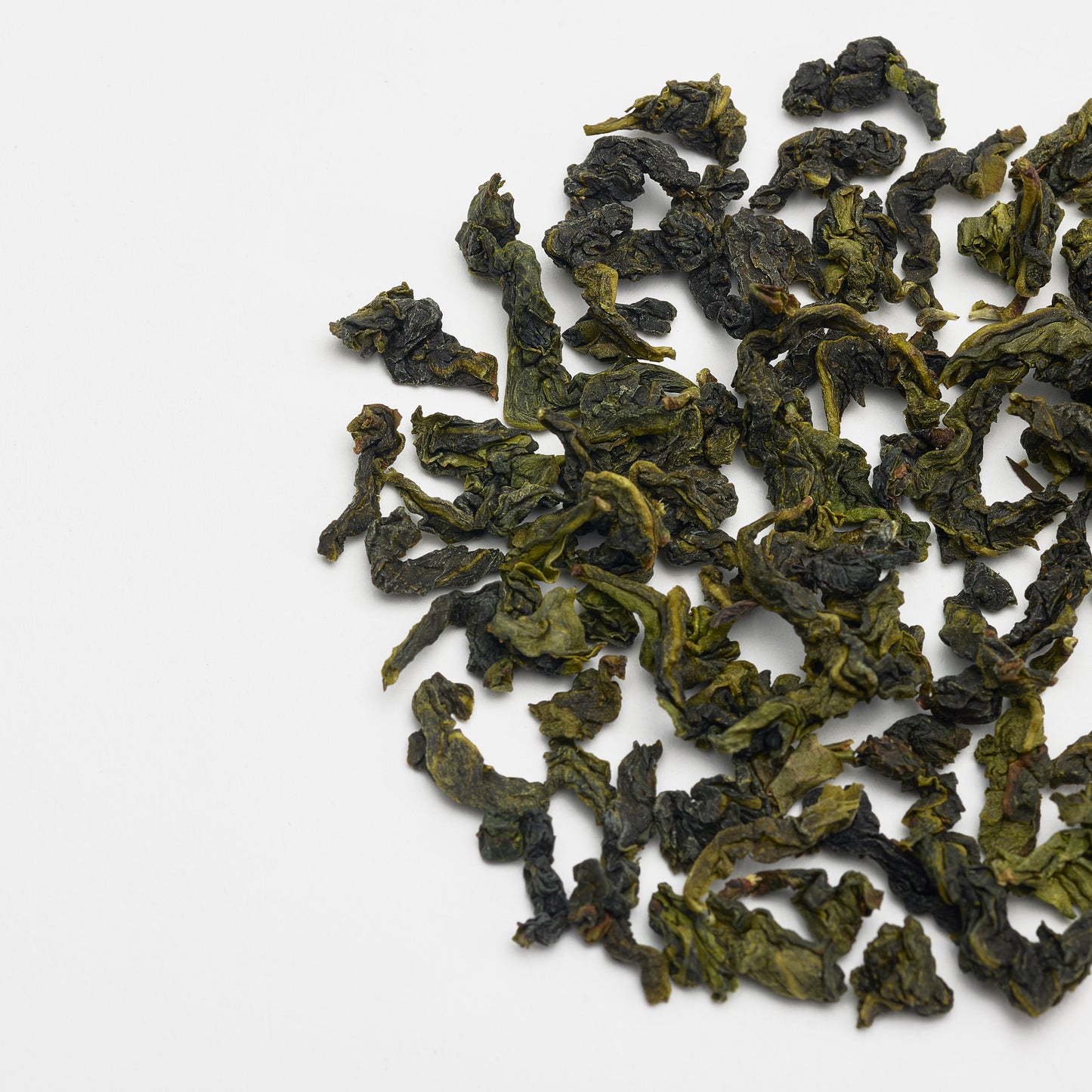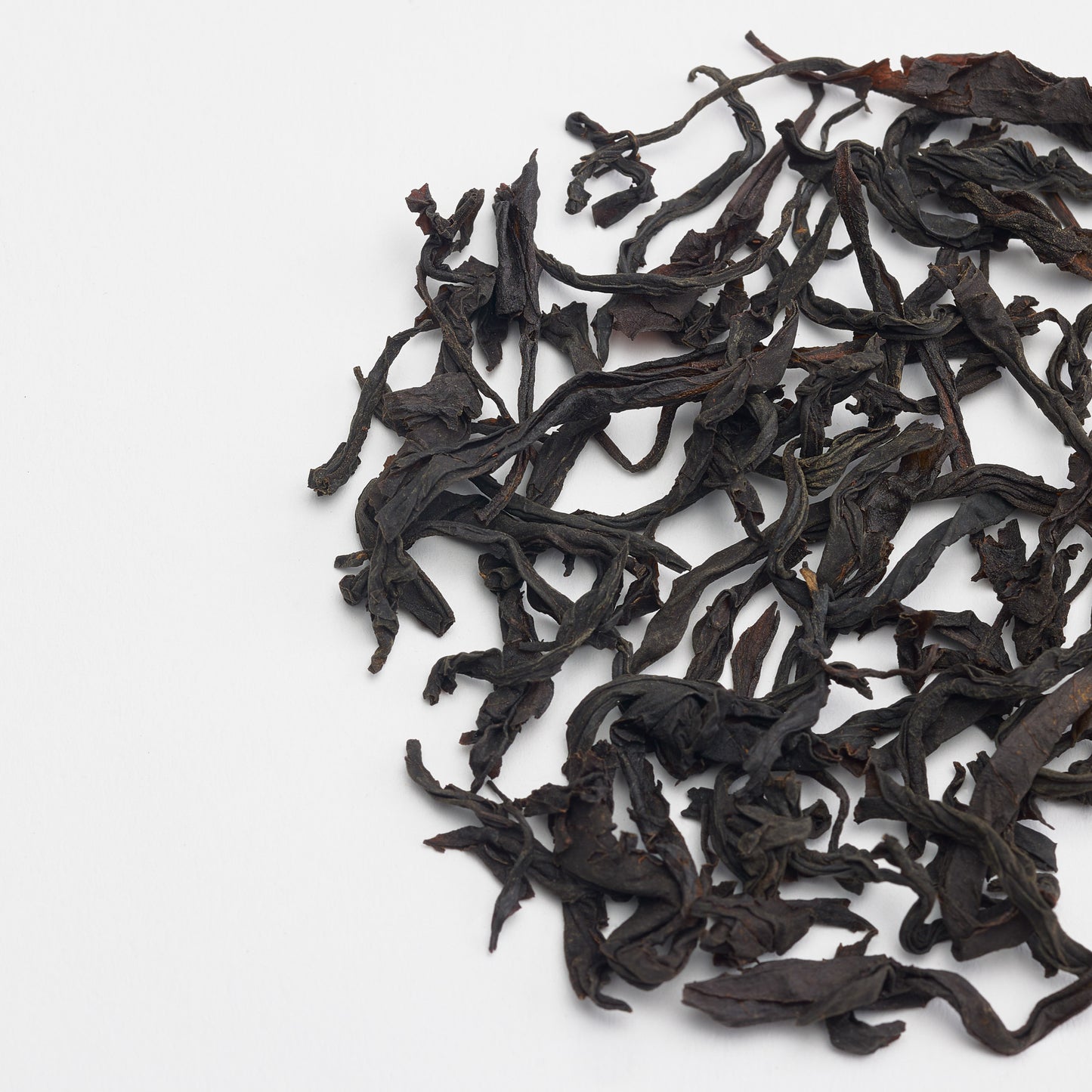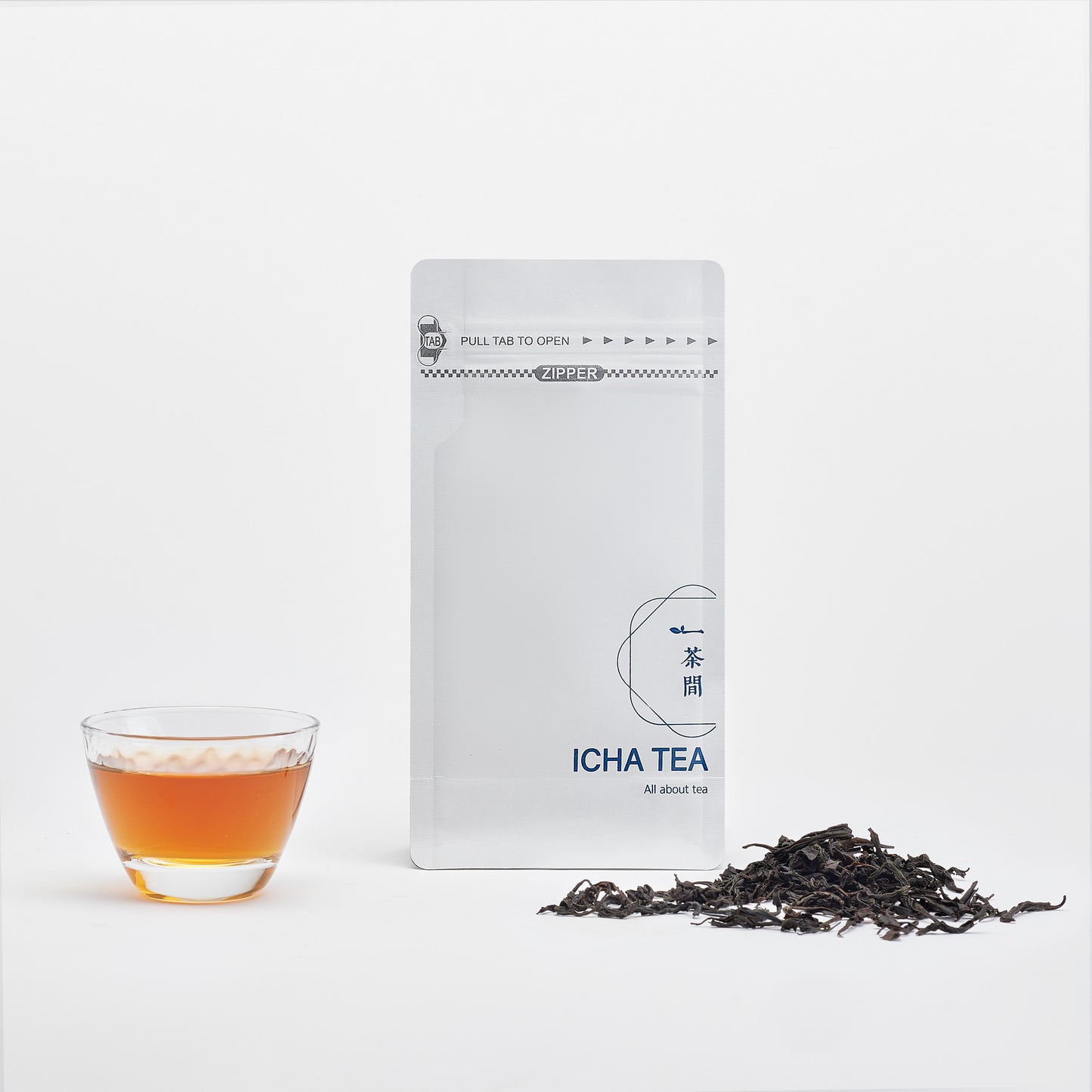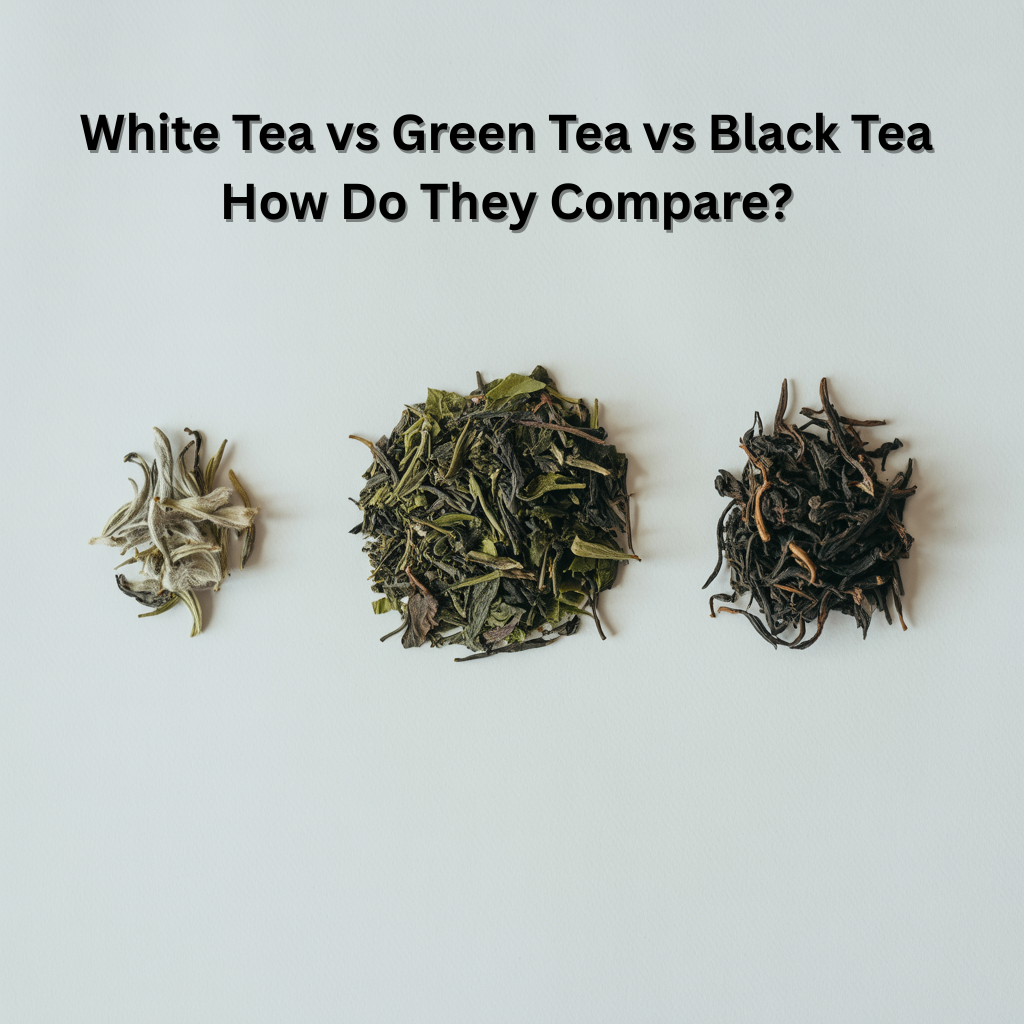
The world of tea offers a fascinating spectrum of flavours, aromas, and health benefits, all originating from a single plant: Camellia sinensis. What transforms these humble leaves into distinctly different beverages—white, green, and black tea—is the artistry of processing. Each type undergoes unique production methods that dramatically alter not only taste and appearance but also the concentration of beneficial compounds.
Understanding these differences empowers you to choose teas that align with your health goals and taste preferences. Whether you're seeking gentle energy, powerful antioxidants, or simply a comforting daily ritual, this comprehensive comparison will guide you through the unique characteristics of each tea type.
Understanding White Tea: The Gentle Giant
White tea represents the pinnacle of minimal processing, offering a pure expression of the tea plant's natural character. Primarily cultivated in China's Fujian Province and select regions of Africa, white tea production focuses on harvesting only the youngest buds and leaves when they're covered in fine white hairs—hence the name¹.
The most prized white tea variety is Silver Needle (Bai Hao Yin Zhen), which uses exclusively tea buds for an extraordinarily delicate flavour. Silver Needle exemplifies this premium grade, offering the pure essence of minimally processed tea leaves.
The second-tier White Peony (Bai Mu Dan) combines young buds with tender leaves, creating a slightly more robust profile while maintaining white tea's characteristic subtlety.
White tea's production involves simply withering the leaves under natural sunlight until moisture evaporates, then packaging for sale. This minimal intervention preserves maximum antioxidant content while creating a brew with pale yellow liquor and delicate, sweet, floral notes².
For those seeking enhanced aromatics, Jasmine Silver Needle combines white tea's purity with jasmine's natural fragrance, demonstrating how traditional scenting techniques can enhance white tea's inherent elegance.
Green Tea: The Antioxidant Powerhouse
Green tea production involves more intervention than white tea but significantly less than black tea. After harvesting, leaves undergo rapid heating—either pan-firing in China or steaming in Japan—to halt oxidation and preserve their green colour and fresh characteristics³.
Chinese green teas, like Dragon Well (Long Jing), undergo pan-firing that creates earthy, nutty flavours with a smooth finish. The famous Bi Luo Chun offers a more delicate profile with fruity undertones and a distinctive curled leaf shape.
Japanese steaming methods produce different characteristics, though Chinese varieties like Snow Jasmine Green Tea demonstrate how scenting techniques can create complex flavour layers while preserving green tea's healthful properties.
Green tea's controlled processing preserves high levels of catechins, particularly epigallocatechin gallate (EGCG), which research suggests may support metabolism and provide powerful antioxidant protection⁴.
Black Tea: The Bold Favourite
Black tea represents the most processed true tea, undergoing complete oxidation that transforms both flavour and colour. After withering, leaves are rolled to break cell walls, allowing enzymes to react with oxygen. This oxidation process creates black tea's characteristic robust flavour, dark colour, and higher caffeine content⁵.
Premium varieties like Yunnan Dian Hong showcase how terroir influences black tea character, offering golden-tipped leaves with malty sweetness. The exquisite Jin Jun Mei (Golden Eyebrows) represents the pinnacle of Chinese black tea craftsmanship, using only the finest tea buds.
While oxidation reduces some antioxidant levels compared to white and green teas, black tea develops unique compounds called theaflavins and thearubigins, which provide their own health benefits, including cardiovascular support².

Caffeine Content Comparison
Understanding caffeine levels helps you choose appropriate teas for different times of day and personal sensitivity levels.
White tea contains the lowest caffeine concentration at approximately 15-30mg per cup, making it ideal for evening consumption or those sensitive to stimulants.
Green tea provides moderate caffeine levels of 25-50mg per cup, offering gentle energy without the jitters often associated with coffee.
Black tea delivers the highest caffeine content among true teas at 40-70mg per cup, making it an excellent coffee alternative for morning energy boosts.
These ranges vary based on brewing strength, steeping time, and specific tea quality, but provide general guidelines for selection.
Health Benefits: The Science Behind Tea
Research consistently demonstrates that regular tea consumption offers significant health advantages, primarily attributed to polyphenols, catechins, and other bioactive compounds present in all true teas¹.
Antioxidant Protection
All true teas provide antioxidant benefits that help combat oxidative stress and may reduce chronic disease risk. White tea, with minimal processing, retains the highest levels of certain antioxidants, while green tea excels in EGCG content².
Cardiovascular Support
Studies suggest regular tea consumption may support heart health by improving cholesterol profiles and supporting healthy blood pressure levels. The anti-inflammatory properties of tea polyphenols contribute to overall cardiovascular wellness³.
Metabolic Benefits
Research indicates that tea consumption, particularly green tea, may support healthy weight management through enhanced metabolism and fat oxidation. However, these effects are modest and work best alongside healthy lifestyle choices⁴.
Cognitive Function
The combination of caffeine and L-theanine in tea provides unique cognitive benefits—alertness without anxiety, focus without restlessness. This synergy is particularly pronounced in green and white teas.
Which Tea Type Is Healthiest?
Rather than declaring one tea superior, consider that each type offers distinct advantages suited to different needs and preferences.
Choose white tea for maximum antioxidant preservation, gentle caffeine, and subtle flavours that won't interfere with meals or evening routines.
Select green tea for balanced caffeine with high EGCG content, making it excellent for daily antioxidant support and gentle energy.
Opt for black tea when you need more substantial caffeine for morning energy or prefer robust flavours that pair well with milk and sweeteners.
The healthiest tea is ultimately the one you'll drink consistently over time. Research shows that tea's benefits are most pronounced with regular, long-term consumption rather than occasional use.
Find The Tea That Fits Your Routine
Each tea type—white, green, and black—offers unique characteristics and health benefits derived from the same remarkable plant. Rather than seeking the "healthiest" option, consider incorporating various types into your routine based on your daily needs and taste preferences.
Quality matters significantly in maximising both flavour and health benefits. Premium teas from reputable sources like ICHA TEA's complete collection ensure you're experiencing each tea type at its finest while supporting your wellness journey.
Whether you prefer white tea's delicate elegance, green tea's fresh vitality, or black tea's robust character, embracing regular tea consumption as part of a healthy lifestyle offers both immediate pleasure and long-term wellness benefits.
You might be interested in these articles:
- 3 Refreshing Matcha Beverages for Warm Weather
- White Tea Caffeine Content - The Surprising Truth
- Side Effects from Drinking Tea - What You Need To Know
- GABA Oolong Tea Complete Guide to Benefits
- What Is White Tea? Beginner's Guide to the Basic
References
¹ Deka, A., & Vita, J.A. (2011). "Tea and Cardiovascular Disease." Pharmacological Research, 64(2), 136-145. doi: 10.1016/j.phrs.2011.03.009. https://pmc.ncbi.nlm.nih.gov/articles/PMC3123419/
² ScienceDirect. (2024). "Catechin - an overview." ScienceDirect Topics. https://www.sciencedirect.com/topics/neuroscience/catechin
³ Chatterjee, P., Chandra, S., Dey, P., & Bhattacharya, S. (2012). "Evaluation of anti-inflammatory effects of green tea and black tea: A comparative in vitro study." Journal of Advanced Pharmaceutical Technology & Research, 3(2), 136-138. doi: 10.4103/2231-4040.97298. https://pmc.ncbi.nlm.nih.gov/articles/PMC3401676/
⁴ Abiri, B., Amini, S., Hejazi, M., Hosseinpanah, F., Zarghi, A., Abbaspour, F., & Valizadeh, M. (2023). "Tea's anti‐obesity properties, cardiometabolic health‐promoting potentials, bioactive compounds, and adverse effects: A review focusing on white and green teas." Food Science & Nutrition, 11(10), 5818-5836. doi: 10.1002/fsn3.3595. https://pmc.ncbi.nlm.nih.gov/articles/PMC10563719/
⁵ WebMD Editorial Contributor. (2024). "Are There Health Benefits to Drinking White Tea?" WebMD. Medically reviewed by Christine Mikstas, RD, LD. Retrieved December 30, 2024, from https://www.webmd.com/diet/health-benefits-white-tea

